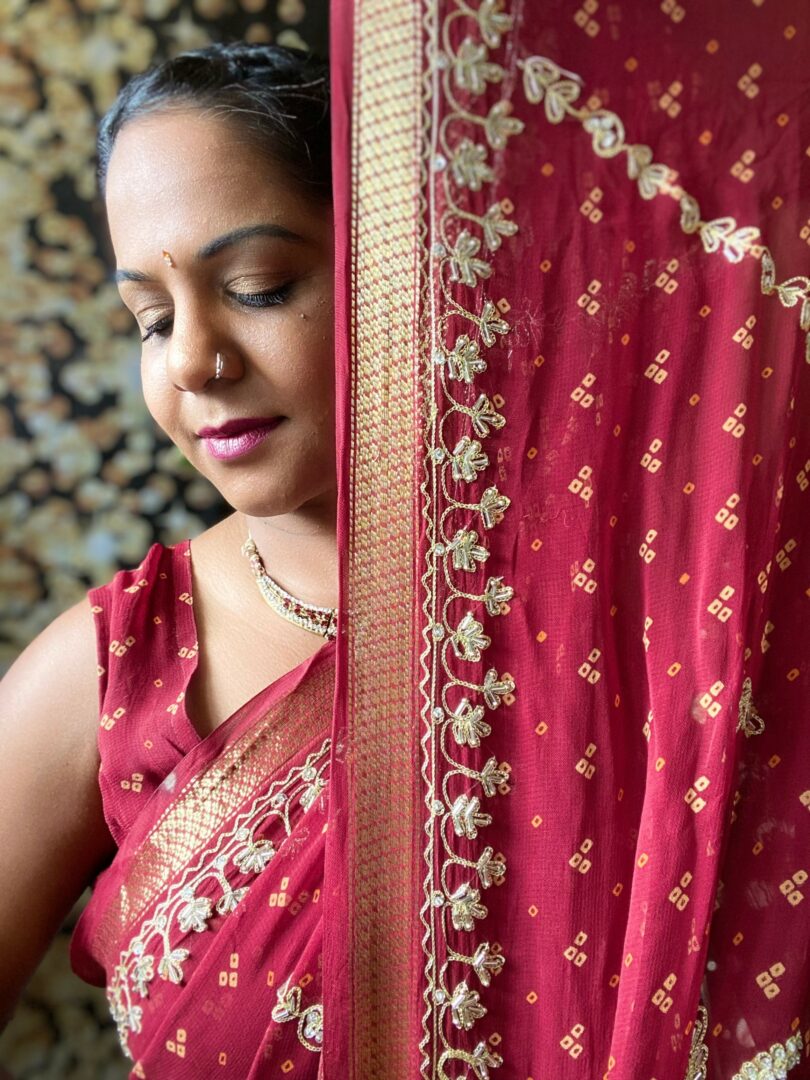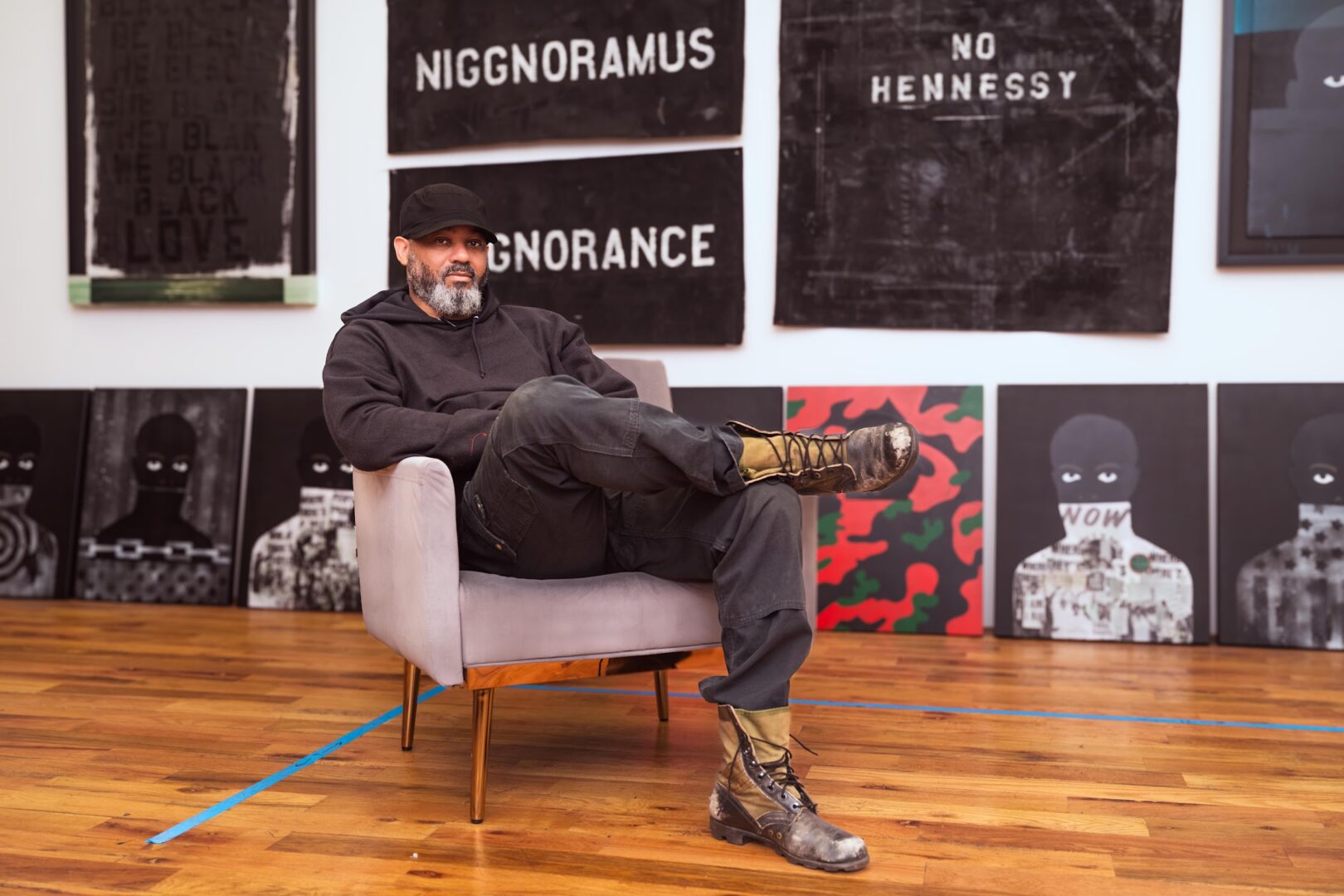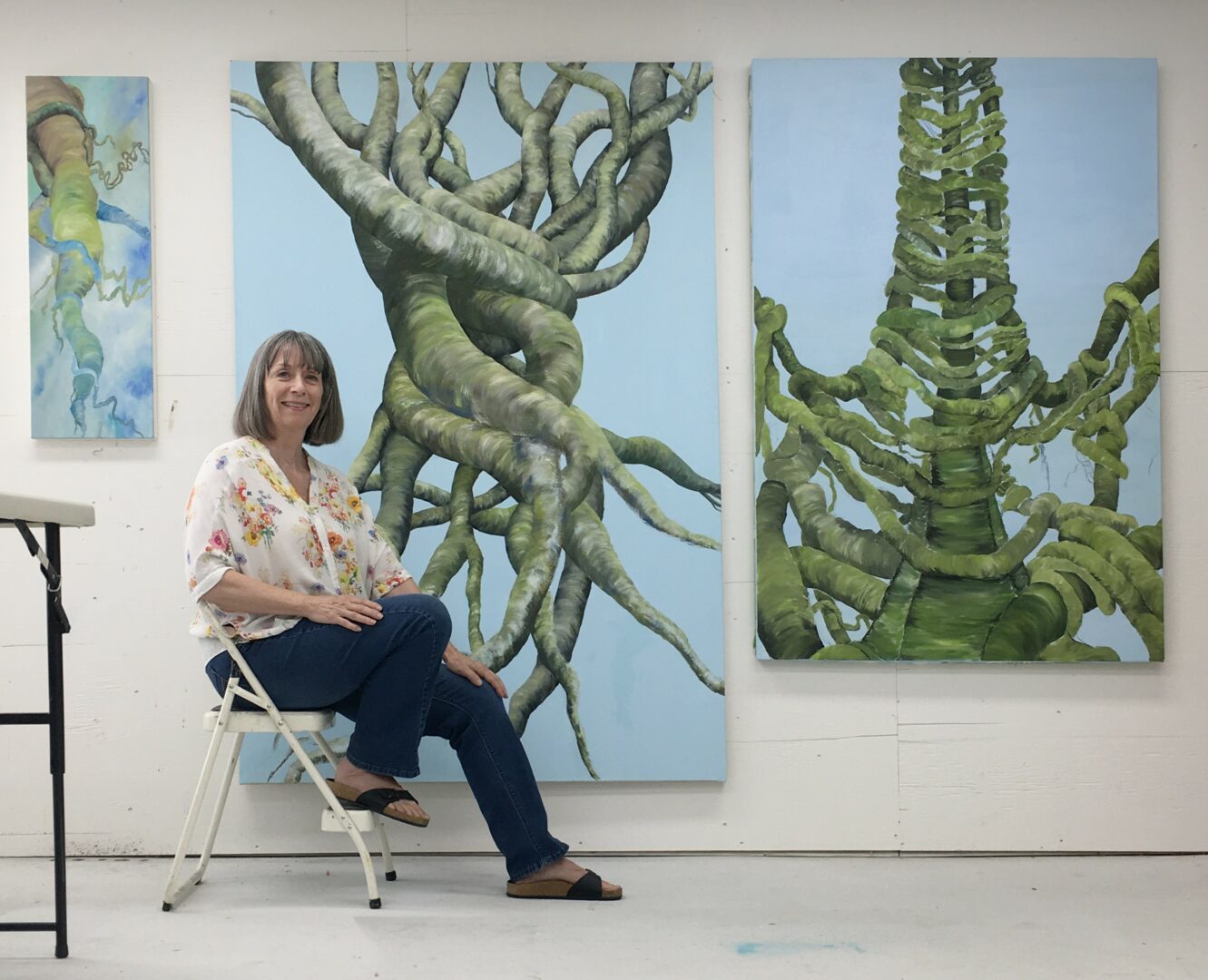We recently had the chance to connect with Gaitrie Subryan and have shared our conversation below.
Gaitrie, so good to connect and we’re excited to share your story and insights with our audience. There’s a ton to learn from your story, but let’s start with a warm up before we get into the heart of the interview. What do you think others are secretly struggling with—but never say?
I sometimes struggle with giving myself the same care and time I offer to others. I tend to stay focused on my students, team, or community projects, and I have to remind myself that rest and reflection are part of sustainable creativity. I’ve been more intentional lately about setting aside quiet time to recharge.
Can you briefly introduce yourself and share what makes you or your brand unique?
My name is Gaitrie Subryan, and I’m the founder and artistic director of Devi Performing Arts, a creative and cultural space that celebrates movement, community, and connection. While my roots are in Indian dance, I’ve built a studio that welcomes artists and individuals from all backgrounds to come together, move, and share through dance and creative expression.
The name Devi holds a very personal meaning for me. It was created to honor the women in my family, past, present, and future. Many of the women on my mother’s side have Devi as their middle name, including my twin daughters, Karishma Devi and Divya Devi. The word Devi means “goddess,” and to me, it represents strength, compassion, and the nurturing energy that flows through generations of women in my family.
At Devi Performing Arts, we offer not only Indian dance but also various forms of movement and workshops that bring people together to build a sense of belonging and community. I’m currently working on projects that blend traditional and contemporary art forms, exploring identity, heritage, and collective care through storytelling and performance.
Amazing, so let’s take a moment to go back in time. What relationship most shaped how you see yourself?
The relationship that has most shaped how I see myself is with my Kathak teacher, Jayeeta Dutta. Her mentorship has profoundly influenced not only my dance practice but also the work I do as a teacher, choreographer, and community arts leader. Because of her guidance, I had the opportunity to travel to India for the first time this year — a journey that was both deeply personal and artistically transformative.
Although I was born in Guyana, I am the only member of my immediate family to have returned to India, the land of my ancestors who were brought there as indentured servants by the British. Traveling on my own to participate in a dance residency and performance was an incredibly empowering experience. I immersed myself in intensive Kathak training, connected with local students, assisted my teacher with the younger students, and rehearsed and performed in spaces that connected me to centuries of tradition and lineage. Every class, rehearsal, and performance in India reminded me of the resilience and creativity embedded in my heritage, and it made me realize the full extent of what I am capable of as an artist.
I still remember the first workshop series I took with JayeetaDi before officially becoming her student, after just a few classes with her, I mentioned to my husband that I didn’t want to let her go; I wanted to continue learning from her. She is the teacher from whom I truly have connected with, and her guidance continues to shape not only my technical and artistic growth but also how I see myself, as someone capable of bridging cultures, honoring ancestry, and sharing the transformative power of dance with others.
Was there ever a time you almost gave up?
Absolutely, there was definitely a time I almost gave up when I was in me first year of opening my own studio. It was exciting to pursue a dream I had been cultivating for years, but the reality of building something from the ground up was overwhelming. The financial stress was heavy, every decision felt critical, from securing the space to budgeting for classes and programming. On top of that, the time commitment was immense. I was juggling everything, scheduling, marketing, planning curriculum, teaching, and still trying to maintain my own artistic practice , and it often felt like there weren’t enough hours in the day.
There were moments when I questioned whether I was doing enough, whether the studio would attract students, and whether I could really sustain the vision I had: a space that was welcoming, culturally rooted, and inclusive. Some days, I felt invisible, wondering if anyone would notice the effort, if I was truly making an impact, or if all the sacrifices were worth it.
But every time I thought about giving up, I remembered why I started. I wanted to create a space where people of all backgrounds could come together, connect through movement, and explore culture through dance. I leaned on my support system, reminded myself of my training and experience, and focused on the small victories, a student showing progress, a successful class, a performance that inspired others. Slowly, those small wins added up, and I realized that the doubts and fears were just part of the process of building something meaningful.
Looking back, those struggles shaped me in ways I never expected. They taught me resilience, patience, and the power of trusting my vision, even when it feels uncertain. They reminded me that leadership isn’t about perfection; it’s about showing up, doing your best, and creating a space where others feel seen, supported, and inspired. And every time a student walks through the studio doors, I’m reminded that all the hard work was worth it.
I think our readers would appreciate hearing more about your values and what you think matters in life and career, etc. So our next question is along those lines. Where are smart people getting it totally wrong today?
As a creative, I see smart people often overlooking the human element in a rush to optimize or scale. In many industries, education, business, even the arts, there’s a tendency to focus on metrics, efficiency, or technology at the expense of connection, curiosity, and experimentation. We’re living in a world that prizes speed and measurable output, but creativity thrives in slower, reflective, and relational spaces, where failure is embraced as part of growth and ideas can breathe.
Another place I see it is in how we define “success.” People often equate success with recognition, money, or speed of achievement, forgetting that art and creative work are about engagement, impact, and the transformation of both the creator and the audience. We risk undervaluing processes that aren’t easily quantified but are essential for innovation, empathy, and cultural connection.
For me, the lesson is clear: we need to create space for curiosity, reflection, and authentic connection, whether in art, work, or life, because that’s where real growth, creativity, and meaningful impact happen.
Thank you so much for all of your openness so far. Maybe we can close with a future oriented question. What will you regret not doing?
For me, the deepest regret would be living too small, not taking the leap, not trusting that the art I carry matters. I would regret not fully pursuing the work I feel called to do, the work that lives in my bones. I’ve spent so much of my life supporting others, holding space, teaching, mothering, and building community. Those roles are deeply meaningful to me, but I also know that my creative voice is asking to be heard right now. If I don’t give myself permission to grow, experiment, and take bold artistic risks, I will always wonder what I could have created.
I would regret not allowing myself the space to evolve beyond what is expected of me. As a mother of three, an artist of color, and someone who often has to create her own opportunities, it can be easy to shrink or to put myself last. But my children are watching. I want them to see me choosing courage. I want them to see that artistry is a lifelong journey, that you don’t stop growing because you’re busy, or tired, or responsible for others.
And I would regret not continuing to build spaces where people can come together to move, to learn, to connect, and to feel seen. My work is not just about choreography…it is about community care, cultural storytelling, and reclaiming joy. Holding back from that would feel like hiding a part of myself that has the power to make a meaningful impact!!
Contact Info:
- Website: https://devibollywooddance.com/classes/
- Instagram: https://www.instagram.com/deviperformingarts
- Linkedin: https://www.linkedin.com/in/gsubryan/
- Facebook: https://www.facebook.com/DeviBollywood

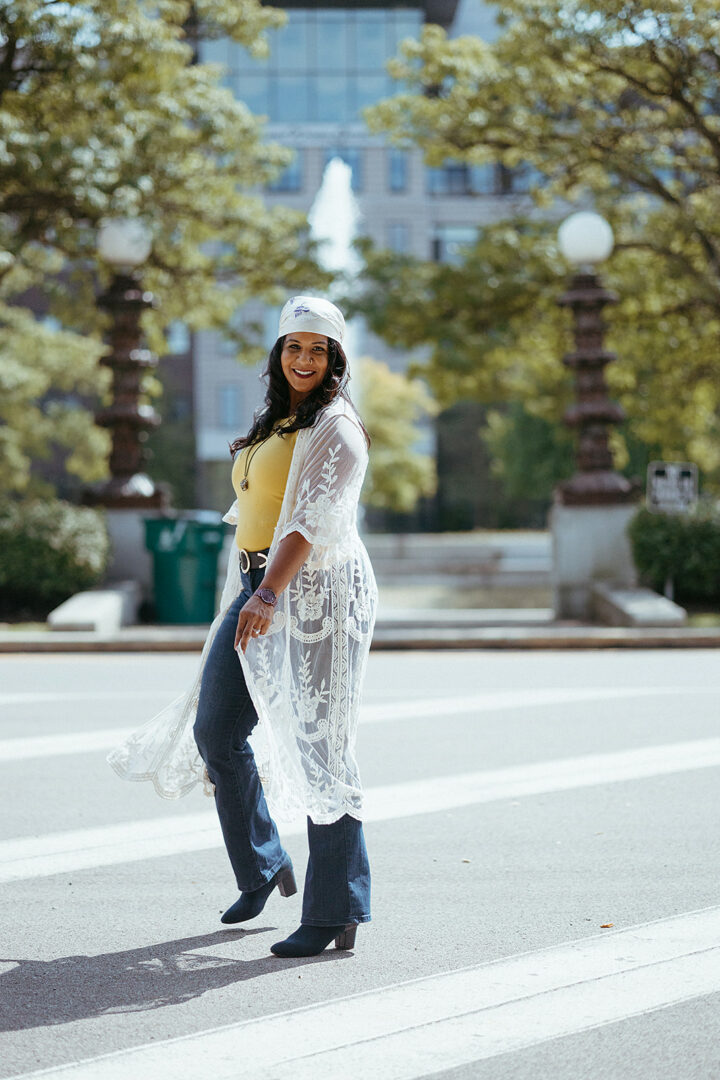

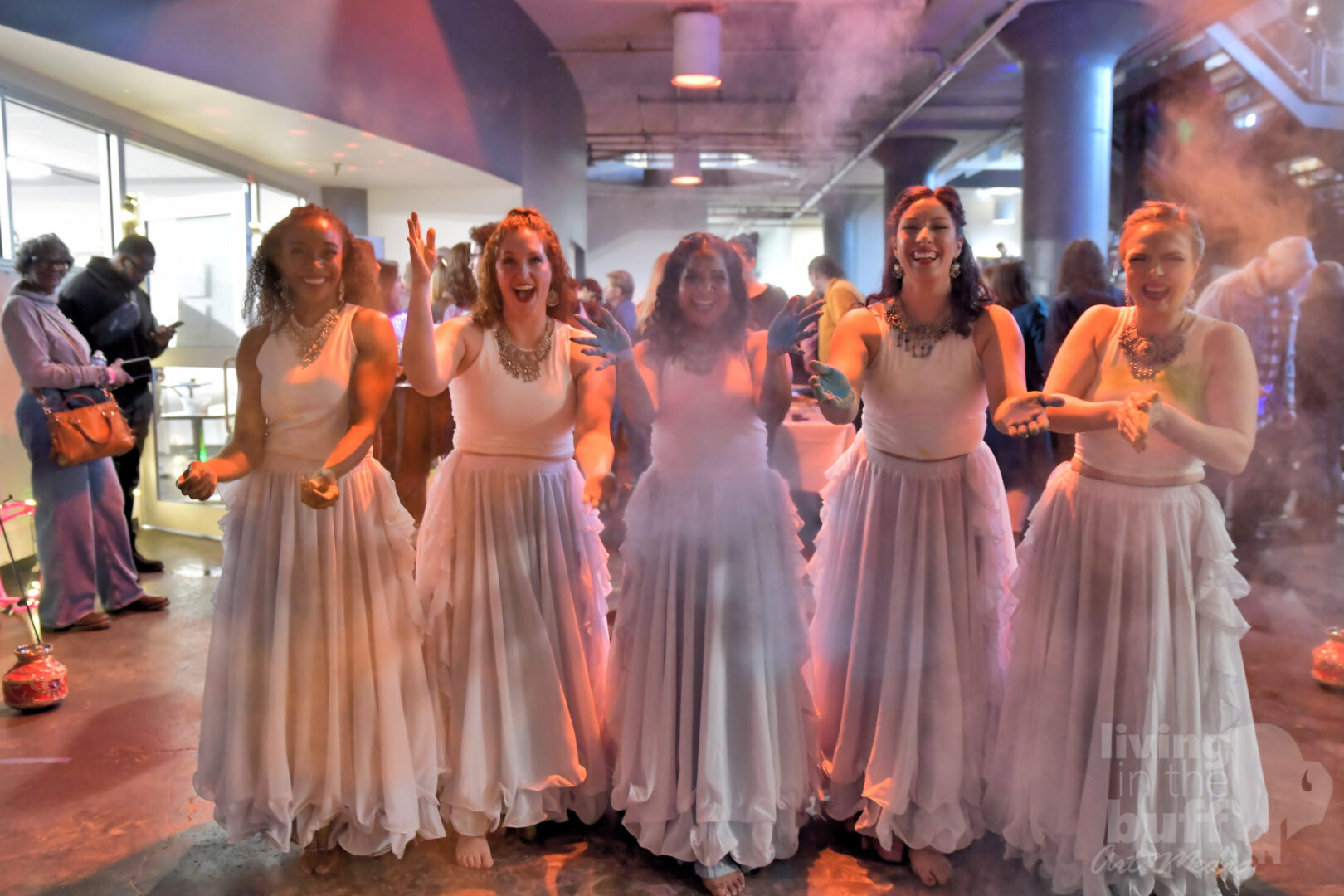


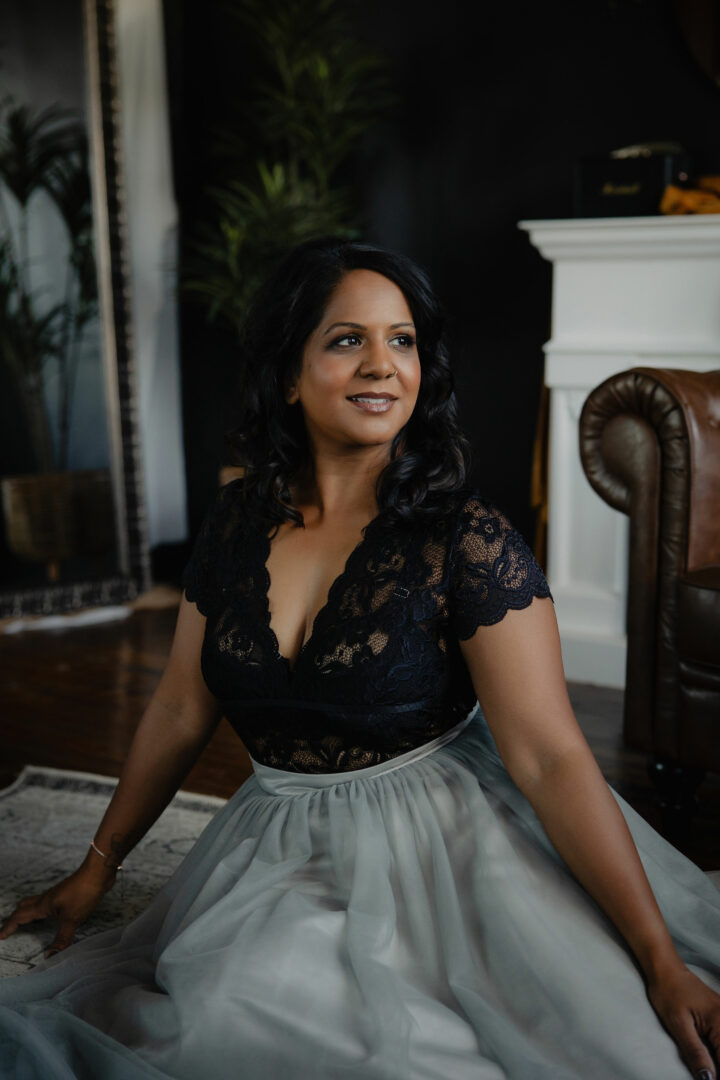
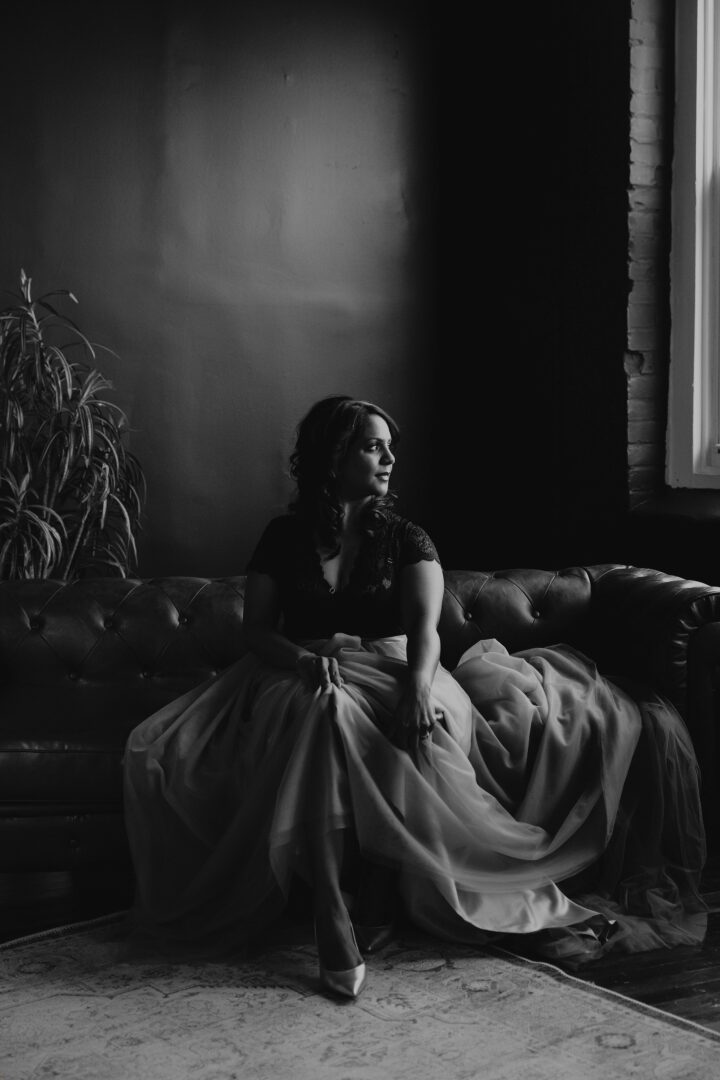
Image Credits
Living in the Buff Art Media
Bare by Barrille
Beth Insalaco
so if you or someone you know deserves recognition please let us know here.

